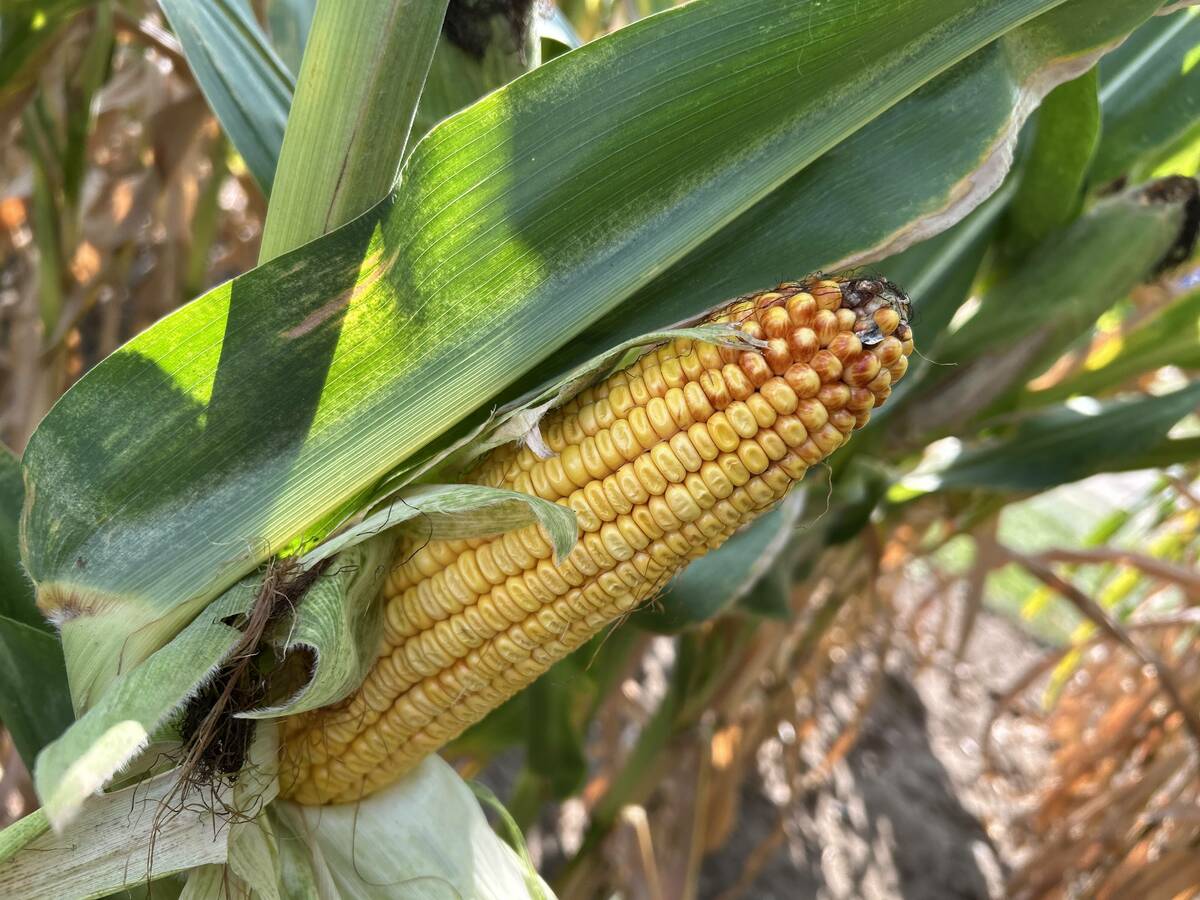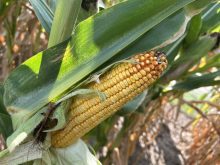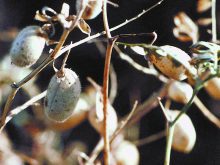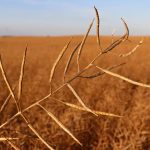Only a few weeks ago, many in the market thought oilseed prices might have hit their harvest low.
They might have, but the market has been unable to generate a sustained rally and after a few bumps up it is again close to the early October lows.
The problem is that there are even more American soybeans than thought and avian flu is threatening global soybean demand.
The United States Department of Agriculture on Nov. 10 increased its U.S. soybean projection to 82.82 million tonnes, up 2.07 million from October.
Read Also

Crop estimates show mixed results
Model-based estimates used by Statistics Canada showed the 2025/26 crop year has seen increases in canola, corn for grain, oats and lentils production while seeing dips in spring wheat, durum wheat, soybeans and barley in comparison to 2024/25.
The U.S. soybean ending stocks projection for 2005-06 was raised
to 11.1 million tonnes, up 2.4
million.
Canada’s canola crop is also large. We’ll get Statistics Canada’s handle on its size on Dec. 7.
And this week, large parts of the South American soy crop, which had been dry, received rain that will help the freshly seeded crop
establish.
As if the price news wasn’t bad enough, each day brings more news of avian flu.
The response is the same in each outbreak – complete culling of the affected and endangered flocks. Millions of birds are slaughtered almost weekly to try to stop the disease.
This is reducing global demand for soybean meal, a key part of domesticated poultry diets, and slowing soybean trade.
The U.S. has exported about seven million tonnes of soybeans so far this marketing year, almost two million less than last year at the same time. Analysts believe the main reason is avian flu worries.
The USDA forecasts that China, the world’s leading soybean importer, will import a record 27.5 million tonnes of the oilseed, accounting for about 40 percent of global imports. If it fails to do so, global soy stocks could climb to even more burdensome levels.
Much depends on the progress of the disease in China. Since the middle of October, China has had 17 outbreaks of the H5N1 strain of the virus that is deadly to birds and worrisome because of its potential to mutate into a human-to-human contagious disease. China says it has culled 21 million birds so far this year and plans to vaccinate billions more to contain the disease.
H5N1 has killed 67 of the 130 people it has infected in Asia since 2003, mostly in Vietnam and Thailand.
The only good news is that the global community is taking the threat seriously and has greatly increased monitoring and containment.














